Traditional Japanese cuisine can be divided into three main types: Honzen Ryori (本膳料理), Kaiseki Ryori (懐石料理), and Kaiseki Ryori (会席料理). If you’re a fan of Japanese food, you’ve likely heard of sushi, sashimi, or ramen. However, if this is your first encounter with Honzen Ryori, we’ll explore its background, etiquette, recipes, and renowned restaurants.
What is Honzen Ryori?
Honzen Ryori connects with the samurai class, much like Shinsen Ryori relates to shrines and Shojin Ryori to temples. Established during the Muromachi period, Honzen Ryori embodies a ritualistic form of Japanese cuisine. Today, you mostly see it in ceremonial settings, such as weddings. Typically, the arrangement involves serving seven dishes on the main tray (honzen), five on the second (ninozen), and three on the third (sannozen). Interestingly, the familiar Japanese meal setup—rice on the left, soup on the right—originates from Honzen Ryori.
You can also find out about Shojin Ryori here.
History
Origins and the Heian Period
Historically, Japanese banquets consisted of three parts: sake ceremonies, meals, and sake feasts. Influenced by Chinese and Korean customs, the sake ceremony resembles a modern toast and leads into a meal featuring rice and soup, often including tea and sweets. During the Heian period, aristocratic rituals like appointments to ministerial positions involved grand banquets known as “Daikyo.” These events featured performances and lacked a clear distinction between dishes served with sake and those as part of the meal.
Development of Honzen Ryori
By the Kamakura period, the samurai class practiced a New Year’s tradition by presenting meals to their shogun. Initially simple, this evolved in the Muromachi period as the samurai’s political and economic power grew. The term “Honzen” first appeared in the mid-15th century, and the cuisine was further refined with an increase in dish variety and presentation.
During the Muromachi period, samurai hosted their lords at home, solidifying the tradition of Honzen Ryori. The term “Kaiseki” originally referred to the full meal experience at a banquet, encompassing both food and drink.
Overall, Honzen Ryori, with its structured and ceremonial nature, offers a fascinating insight into the history and culture of Japan’s samurai era.
Recipe
This March, savor the flavors of spring with our vegetarian Honzen Ryori recipe featuring two variations of asparagus miso soup. This traditional Japanese set meal highlights seasonal ingredients like bamboo shoots and spring vegetables, offering a delightful culinary experience rooted in Japanese culture and Buddhist principles.
White Asparagus Miso Soup with White Miso
Ingredients (for 2-3 servings):
| White asparagus spears | 3 |
| Reserved white asparagus cooking water | |
| Water | as needed |
| Piece of kombu (kelp) | 5-6 cm |
| Bonito flakes | 5g |
| Saikyo miso (white miso) | 120g |
| Sake | 2 tbsp |
| Prepared mustard | a pinch |
Instructions
Peel the white asparagus spears thickly, starting from the middle and working towards the base. Remove any tough ends. Reserve the peelings.
In a pot large enough to hold the asparagus horizontally, add enough water to cover the spears, along with the reserved peelings.
Bring to a boil, then reduce heat to low and simmer for 3-4 minutes to infuse the broth with flavor.
Remove and discard the peelings. Add the asparagus spears and simmer for another 3-5 minutes, or until tender.
Remove the asparagus and cut into 3.5 cm pieces, discarding the tough ends.
Strain the cooking liquid and taste. If it’s not bitter, use it as is. If it’s bitter, combine half of the cooking liquid with water to make 450cc.
Add the kombu to the liquid and bring to a simmer over medium heat.
Just before boiling, add the bonito flakes and remove from heat.
Let the bonito flakes sink, then strain the dashi.
Return the dashi to the pot and heat to 80°C (176°F).
Dissolve the miso in the dashi. Add the asparagus pieces and heat until the soup reaches 90°C (194°F).
Stir in the sake and remove from heat. Divide the asparagus among serving bowls, pour the soup over, and top with a small amount of mustard dissolved in a bit of the soup.
Green Asparagus Miso Soup with Shinshu Miso
Ingredients (for 2-3 servings)
| Green asparagus spears | 3 |
| Aburaage (deep-fried tofu) | 1/3 to 1/2 sheet |
| Dashi | 400cc |
| Shinshu miso (or your preferred miso) | 5-6 cm |
Instructions
Peel the green asparagus spears, starting from the middle and working towards the base.Peel thinly if the asparagus is fresh and tender, or more thickly if the skin is tough.
Bring a large pot of water to a boil. Holding the asparagus spears by the tips, dip the bases in the boiling water for 20-30 seconds, then submerge the entire spears.
Cook for 2-3 minutes. Drain and cut into 3.5 cm diagonal pieces, discarding the tough ends.
Cut the aburaage into 3 cm x 5 mm pieces.
Heat the dashi in a pot to 80°C (176°F). Dissolve the miso in the dashi.
Add the cooked asparagus and aburaage. Heat until the soup reaches 90°C (194°F), then remove from heat and serve.
Honzen Ryori Restaurants
Sousaku Ryori FANCL Reiwa Honzen
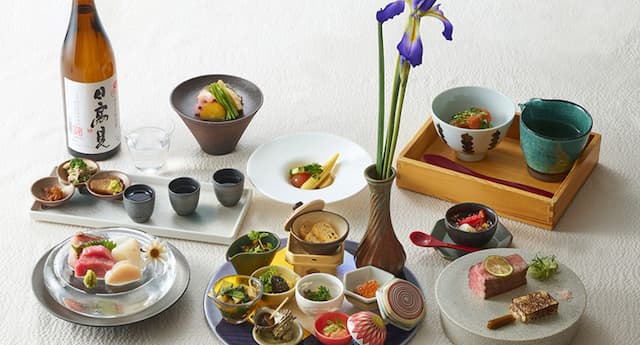
At FANCL Reiwa Honzen, the dining experience commences with “Shikisankon,” a traditional ceremonial offering of sake. However, FANCL’s unique approach tailors this ritual to modern preferences, pairing your chosen beverage with a selection of appetizers. The subsequent courses are then carefully crafted to align with your tastes and preferences expressed during Shikisankon.
The cuisine, while rooted in the traditions of Honzen Ryori, is a creative fusion of Japanese and Western influences, presented in six unique courses. Each course showcases the rich flavors and textures of seasonal ingredients from the sea, mountains, and fields, offering a delightful sensory experience. Every dish is tailored to your individual preferences, ensuring a truly personalized and unforgettable culinary journey.
Ryotei Susaki
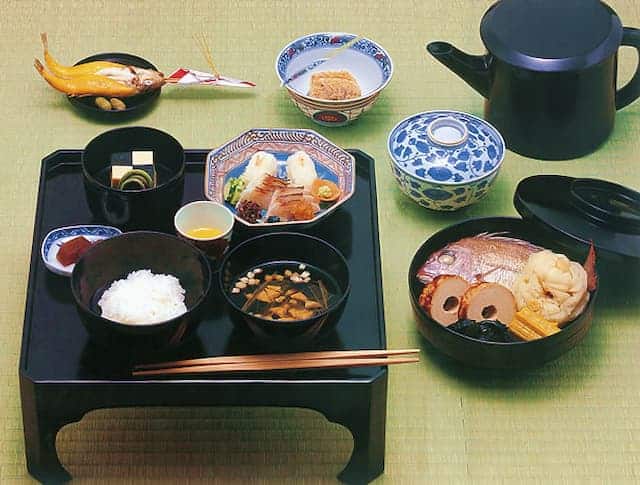
Sōwa-ryū Honzen is a traditional Japanese cuisine course offered at the Ryōtei Susaki in Hida Takayama. This formal table setting and etiquette of classical Japanese dining has its roots in the Muromachi period, flourishing further during the Edo era. The course features black lacquered dishware and multi-course meals that can last up to 10 hours. In the past, important celebrations across Japan commonly included this cuisine. However, its decline after WWII means you can now only occasionally find Sōwa-ryū Honzen outside of Takayama. For over 200 years, Ryōtei Susaki has kept this unique culinary tradition alive, highlighting the refined aesthetics of Honzen ryori and the distinctive culture of Hida.
Takeaway
Honzen ryori represents the pinnacle of classical Japanese dining etiquette and aesthetics. This formal, multi-course cuisine, which started in the Muromachi period, shaped the foundations of modern Japanese culinary traditions. Restaurants like Ryōtei Susaki still meticulously prepare Honzen ryori, showcasing Japan’s reverence for seasonality, artistry, and hospitality through its elegant tableware and refined ambiance. Though you can now rarely find this 200-year-old culinary heritage, experiencing Honzen ryori offers unparalleled insight into Japan’s rich cultural identity. We invite you to indulge in the serene elegance of this time-honored tradition and discover how it continues to inspire and elevate Japanese cuisine.
Find out below for more interesting Japanese cuisine information!
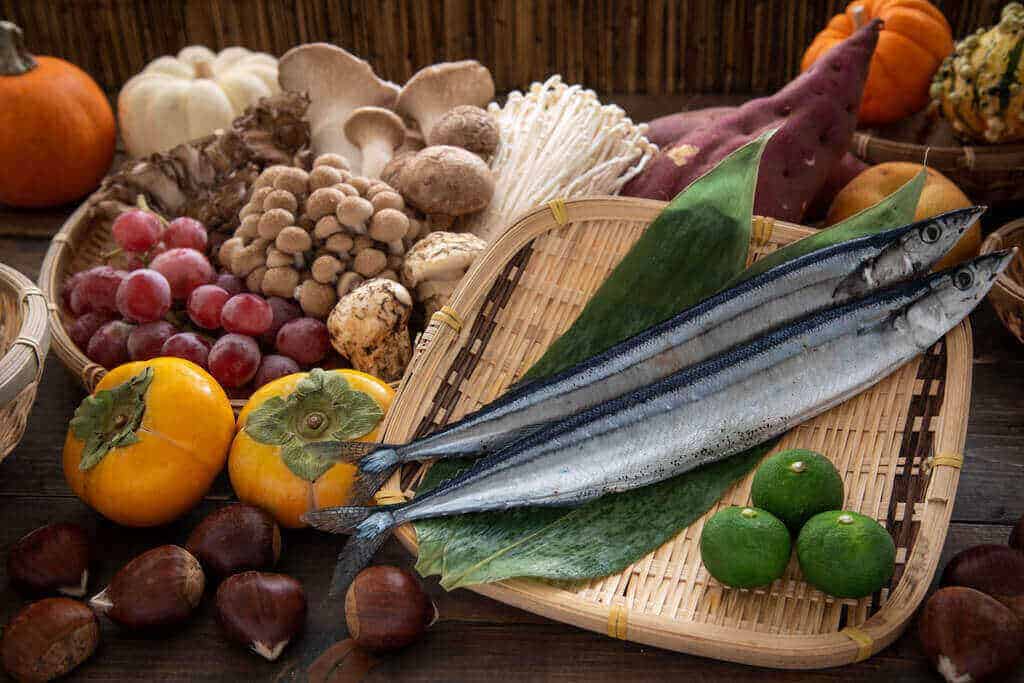
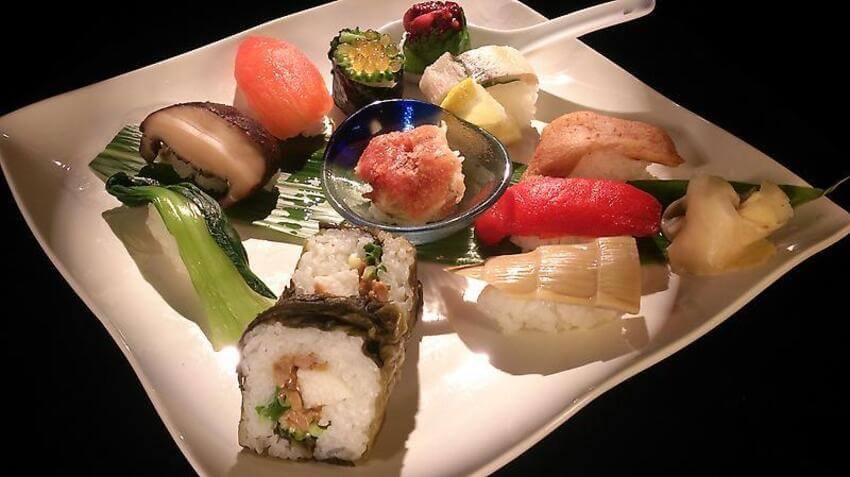





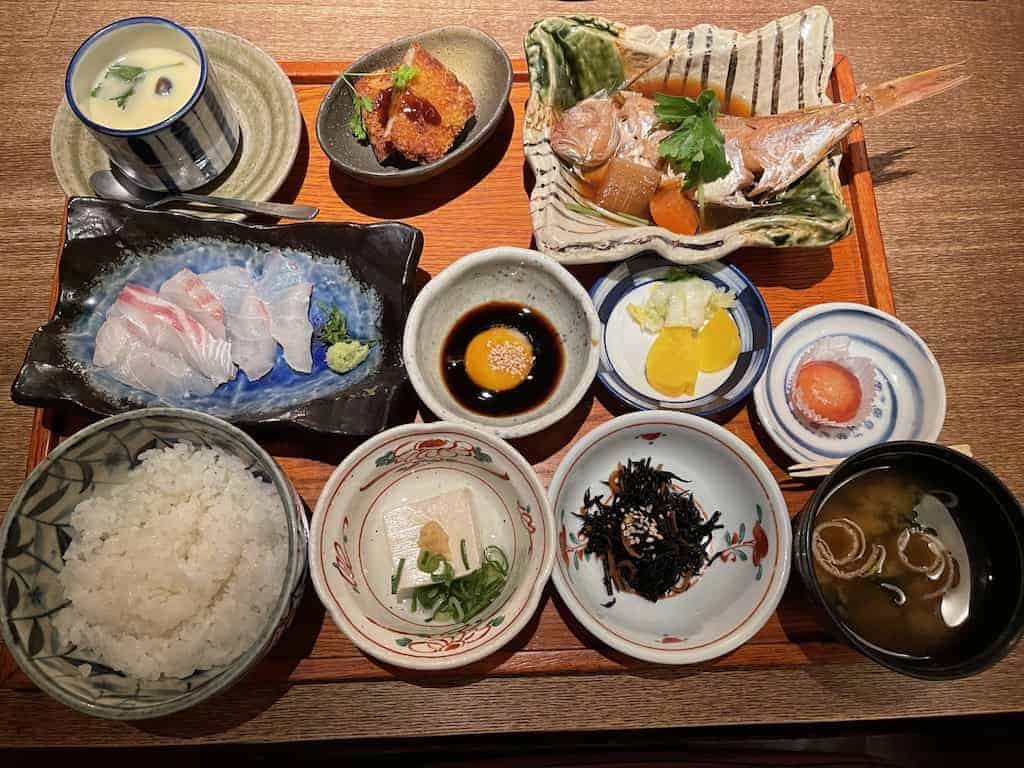
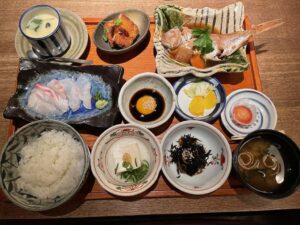
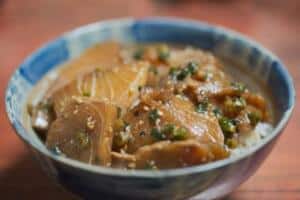
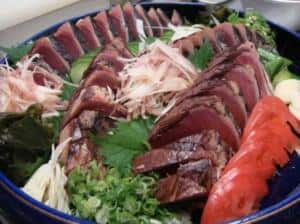
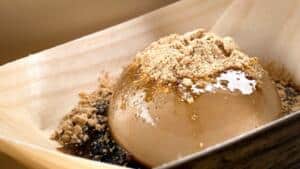
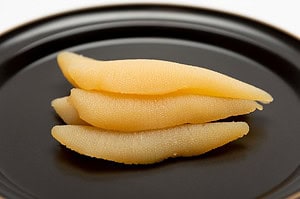
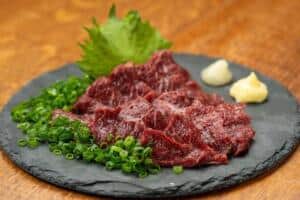


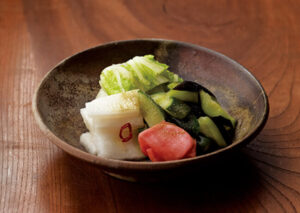
Comments